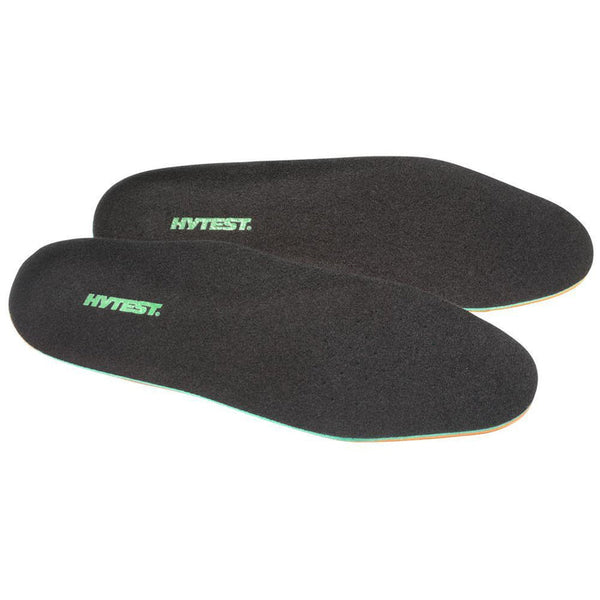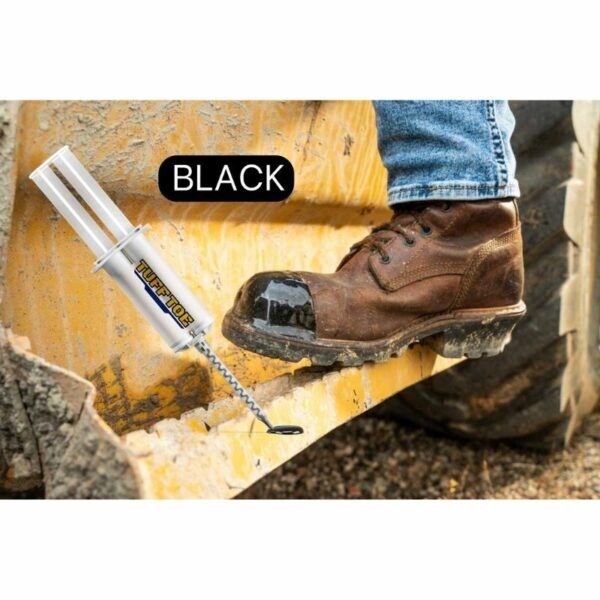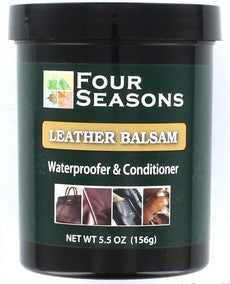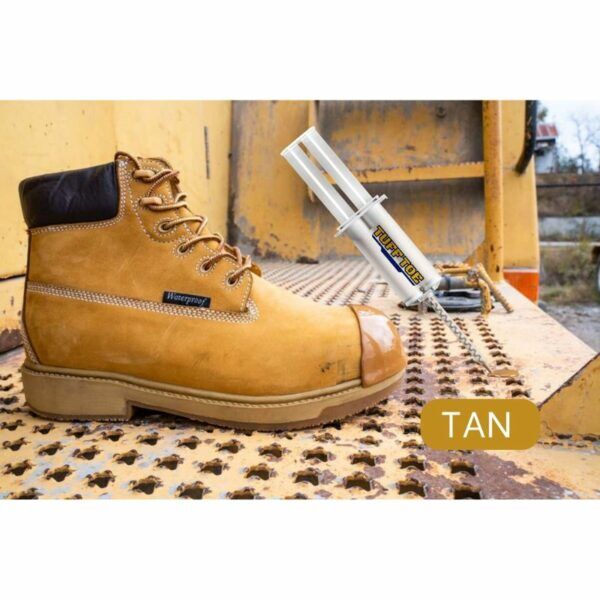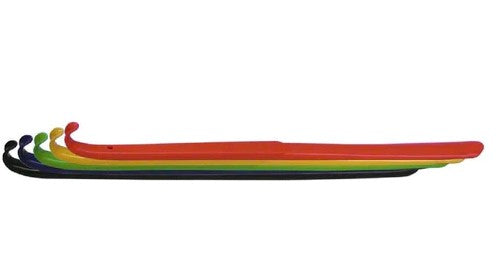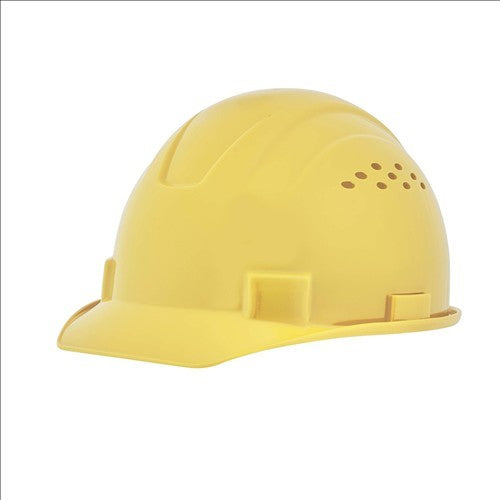From rigid and constricting inner linings that make the feet sweat and swell, stiff uppers that constrict movements, to splitting soles that are trip hazards, the wrong safety shoes can cause more than just discomfort; they can be dangerous in certain environments. This is why safety standards are set for safety footwear – to keep people safe and comfortable. But with so many factors to consider and so many options to choose from, finding the right pair can be daunting. If you are facing this dilemma, then this entry is for you. Here are the safety footwear mistakes to avoid, to help you find the right ones.
For people who spend long hours on their feet doing labor-intensive tasks, getting the right footwear is not just a luxury; it's a must. Proper safety shoes provide both protection and comfort so that people can stay productive and comfortable throughout the day. A simple mistake, however, can spell the difference between safety and disaster. What are these common mistakes?

Common Footwear Mistakes and How to Avoid Them
Not Getting the Right Size
This sounds basic, but you would be surprised how many people walk around and work in shoes that don't fit their feet perfectly. You may have been buying the same size since high school and thought your feet hadn't grown that much since then. Or maybe you just grabbed the pair that felt okay when you first tried them on in the store. Well, newsflash: your feet have grown since your time in school, and your feet may swell after hours of working.
The right shoe size is not just about the length of your feet; it also takes into account the shape and width of your feet. Wearing the wrong size can cause a long list of problems for your feet. They can be extremely uncomfortable and restricting, and they can cause blisters, bunions, and even foot deformities in the long run. Moreover, shoes that are too big can cause your feet to slide inside, which also causes blisters, awkward gait, and even accidents that may lead to injuries.
How To Avoid
The best thing you can do is have your feet measured each time you buy a new pair of safety shoes and walk around the store with the new pair on for a few minutes to see how they feel. Don't just depend on the size number; focus on how the shoe actually feels on your feet. You should have enough room to wiggle your toes, and your heel must feel snug and secure without slipping.
Also, there may be variations in the sizing of different brands of shoes. Plus, different shoe models can differ in size and feel too, even when they show a similar size on their tag.
Ignoring Safety Shoe Licenses
Safety shoes differ from your daily shoes, running shoes, or trainers. They are specifically made to withstand the harsh environment and physical demands of certain workplaces. To differentiate them from the others, there are safety standards (set by the American Safety for Testing and Materials or ASTM) that manufacturers must follow to ensure the quality and safety of the shoes.
Most safety manufacturers comply with the ASTM F2413 standard, which includes impact resistance, compression resistance, and protection against electrical hazards. Other standards are also available for specific work environments and industries.

How To Avoid This
Make sure to verify the ASTM certification label of the shoes. Avoid counterfeit shoes and only buy from reputable sellers.
Forgetting About The Foot Arch
Feet come in all shapes and sizes. Some have higher arches, and some are flat. Wearing shoes with the proper arch support will help keep you comfortable and even avoid injuries like plantar fasciitis. If the safety shoes don’t come with arch support, it can feel painful on the heels, and this pain can climb up to your knees and even lower back.
How To Avoid This
It pays to know your foot type. If your feet have a high arch, look for shoes with extra support and cushioning. If you have flat feet, look for a pair that provides a firm midsole to ensure stability. If you are unsure what foot type you have, you can visit a specialty shoe store and get a gait analysis. Many shoe stores offer free gait analysis, and they can recommend the best type for your foot shape.
Not Considering the Conditions in The Workplace
Different companies, workplaces, and industries can have different environmental conditions, which means the workplace hazards can be different, too. Thus, finding the exact type of protection you need for the environment you work in is crucial.
How To Avoid This
If you work in a wet environment, you need a water-resistant feature. If you work in a high-temperature environment, you need heat resistance. If you usually come in contact with heavy machinery, you need impact and compression resistance. If you work with electricals, you need an insulated shoe. Many of these shoes have combinations of different features, so double-check before buying.
Buying From Generic Brands
We associate certain brands with specific types of footwear and activities. Nike is known for basketball, Adidas for football, Asics and New Balance for running, etc. These companies have spent resources and years developing the best shoes for specific purposes. The same idea applies to safety shoes; while many brands offer them, not all of them specialize in this area. Choosing a brand that doesn’t specialize in safety could compromise comfort and protection.
How To Avoid This
Choose brands that are well-known in the safety footwear industry. Shoes from these brands meet industry standards. Do your homework and research. Opt for brands with proven track records that have been around for some time.
Final Thoughts
Safety footwear is called safety for a reason—it provides protection, a crucial feature you need to keep your feet and yourself safe and comfortable in a highly physically demanding environment. The right pair can make all the difference, so take your time to research and invest in high-quality safety shoes.
